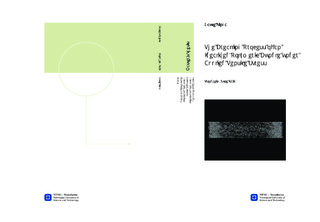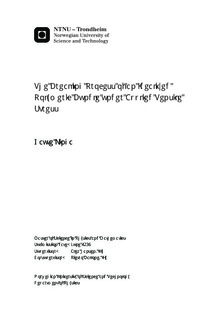| dc.description.abstract | We introduce a particle-based model of an idealized polymeric bundle, whose properties are investigated by means of molecular dynamics simulations. We analyse in particular the effect of applying a tensile stress, stretching and eventually breaking the bundle.The simulation results show that, despite its simplicity, the model captures characteristic features of polymeric materials, e.g. a multistage creep and creep ringing. The results indicate that the system evolves in a near-equilibrium state during almost the entire creep process, reflected in the data collapse of the \emph{effective stress--strain} curve.Two distinct variants of the basic model are studied, the first one allowing and the second one disallowing recombination of broken bonds. The former model is observed to undergo a phase transition, taking place at a critical tensile force $F_c$. Below this threshold, the bundle is observed to stabilize, and above the threshold, the bundle breaks down. In both model assumptions, the bundle lifetime $t_f$ seems to exhibit Basquin-like power-law dependence upon the applied force $F$; for the former this is estimated to be $t_f \sim F^{-\gamma}$, with $\gamma = 4 \pm 0.1$. Simulation results follow the same power law over the accessible range in $F$, spanning about half a decade.The elongation difference as a function of normalized time also shows a remarkable data collapse for a range in $F$, hinting to universality in the creep process. Moreover, at imminent failure, the strain rate is shown to grow as $\dot{L} \sim \tau_{\rm ttf}^{-1}$, where $\tau_{\rm ttf}$ is the normalized time-to-failure. This is in excellent agreement with recent experimental findings for a protein gel \cite{leocmach2014creep}.New theoretical approaches are also made to understand the breaking process of a bundle of polymers. In particular, a simple one-step fiber bundle model is proposed. The model may serve to explain the phase transition that was observed for the simulation model that allowed for recombination. | nb_NO |

